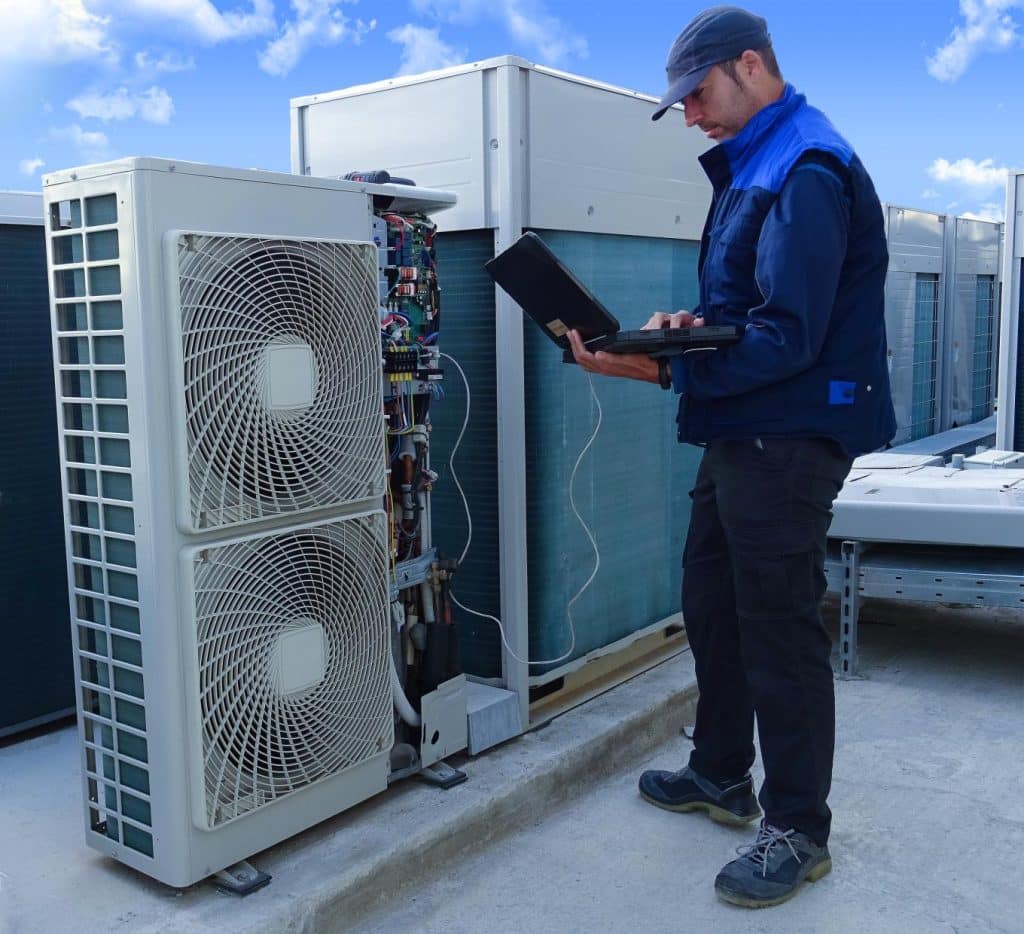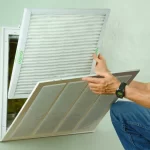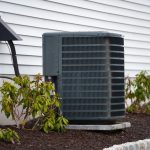The HVAC (Heating, Ventilation, and Air Conditioning) system is an essential component of any modern building, providing a comfortable and controlled indoor environment. However, like any mechanical system, HVAC units can encounter problems over time, affecting their performance and efficiency. To tackle these challenges effectively, a systematic problem-solving approach is crucial. In this article, we will delve into the art of HVAC problem solving, exploring effective strategies to identify, analyze, and address issues with precision and cost-effectiveness.
Identifying The Problem
The first and most crucial step in HVAC problem-solving is identifying the issue at hand. Whether it’s inadequate cooling, heating problems, or ventilation issues, a thorough assessment of the system is necessary. Technicians must be well-versed in the intricacies of HVAC components to accurately pinpoint the root cause of the problem. Understanding the specific issue is vital to determine the appropriate course of action.

Factors such as recent technological updates, design flaws, or underlying plumbing issues should be considered during the analysis. It is essential to go beyond surface symptoms and dig deeper into the system’s workings to uncover the true source of the problem. Only with a comprehensive understanding can technicians devise effective solutions.
Permanent VS. Temporary Repairs
Once the problem is identified, HVAC technicians must make a crucial decision – whether the repair should be permanent or temporary. Permanent repairs typically involve extensive procedures and may necessitate potential disruptions to the building’s operations. However, these repairs offer a long-term solution without adversely affecting the system’s performance.

On the other hand, temporary repairs involve replacing parts, which might impact the unit’s efficiency and lead to increased operational costs. It becomes imperative for technicians to consider the trade-offs between immediate repair expenses and long-term benefits. The choice between permanent and temporary repairs depends on the extent of the issue and the system’s maintenance history.
Determining The Number Of Units To Repair
Many commercial buildings are equipped with multiple HVAC units to serve different areas. When dealing with a complex HVAC system, technicians must carefully assess the number of units that require repair. Repairing or replacing multiple units can be costly and time-consuming, significantly impacting the company’s operational budget.
To make an informed decision, factors such as repair costs, historical expenses, and the team’s effort required for diagnosis and repairs must be taken into account. A comprehensive evaluation will enable technicians to choose the most cost-effective approach. Furthermore, they should consider the potential impacts on business operations during the repair process.
The Critical Thinking Process In HVAC Problem Solving
To ensure a successful HVAC problem-solving process, technicians follow a critical thinking approach. This involves a series of logical steps to identify the most suitable air conditioning system for a particular application. The critical thinking process is essential to arrive at effective and efficient solutions.
- Define the objective: At the outset, clearly outline the desired outcome – to provide an air conditioning system that controls the indoor climate within required parameters while remaining cost-effective throughout its lifecycle.
- Define the problem: Thoroughly describe the challenge at hand, which, in this case, is selecting the appropriate HVAC systems and equipment to meet the defined objectives.
- Identify alternative solutions: Brainstorm various potential solutions to address the identified problem. There are often multiple ways to tackle an HVAC issue, and evaluating all alternatives is essential to making an informed decision.
- Evaluate the alternatives: Assess each alternative’s effectiveness and cost implications. Even the choice to do nothing has associated costs, such as lost efficiency or energy wastage.
- Select the best solution: After evaluating all alternatives, consider all factors, including effectiveness, cost, practicality, and availability, to choose the most suitable solution.
- Verify the solution: Before implementation, ensure that the selected solution is indeed capable of resolving the identified problem effectively.
- Implement the solution: Design, construct, and operate the HVAC system according to the chosen solution. Careful execution of the plan is crucial for a successful outcome.
- Evaluate the results: After implementation, assess whether the problem has been successfully resolved and whether the objectives have been met. Learn from the process to improve future designs and problem-solving approaches.

Conclusion
Problem-solving in HVAC is a skill that requires expertise, careful analysis, critical thinking, and a focus on cost-effectiveness. Identifying the root cause of issues, deciding on the appropriate repair approach, and evaluating the number of units to repair are essential steps in the process. By following a systematic critical thinking process, HVAC technicians can optimize their problem-solving abilities, ensuring efficient solutions that lead to optimal system performance and profit for businesses. Always remember that preparation and experience play a significant role in achieving successful outcomes. With a thorough understanding of the HVAC system and the critical thinking approach, HVAC professionals can master problem-solving, ensuring that buildings remain comfortable and efficient throughout their lifecycle.






GIPHY App Key not set. Please check settings